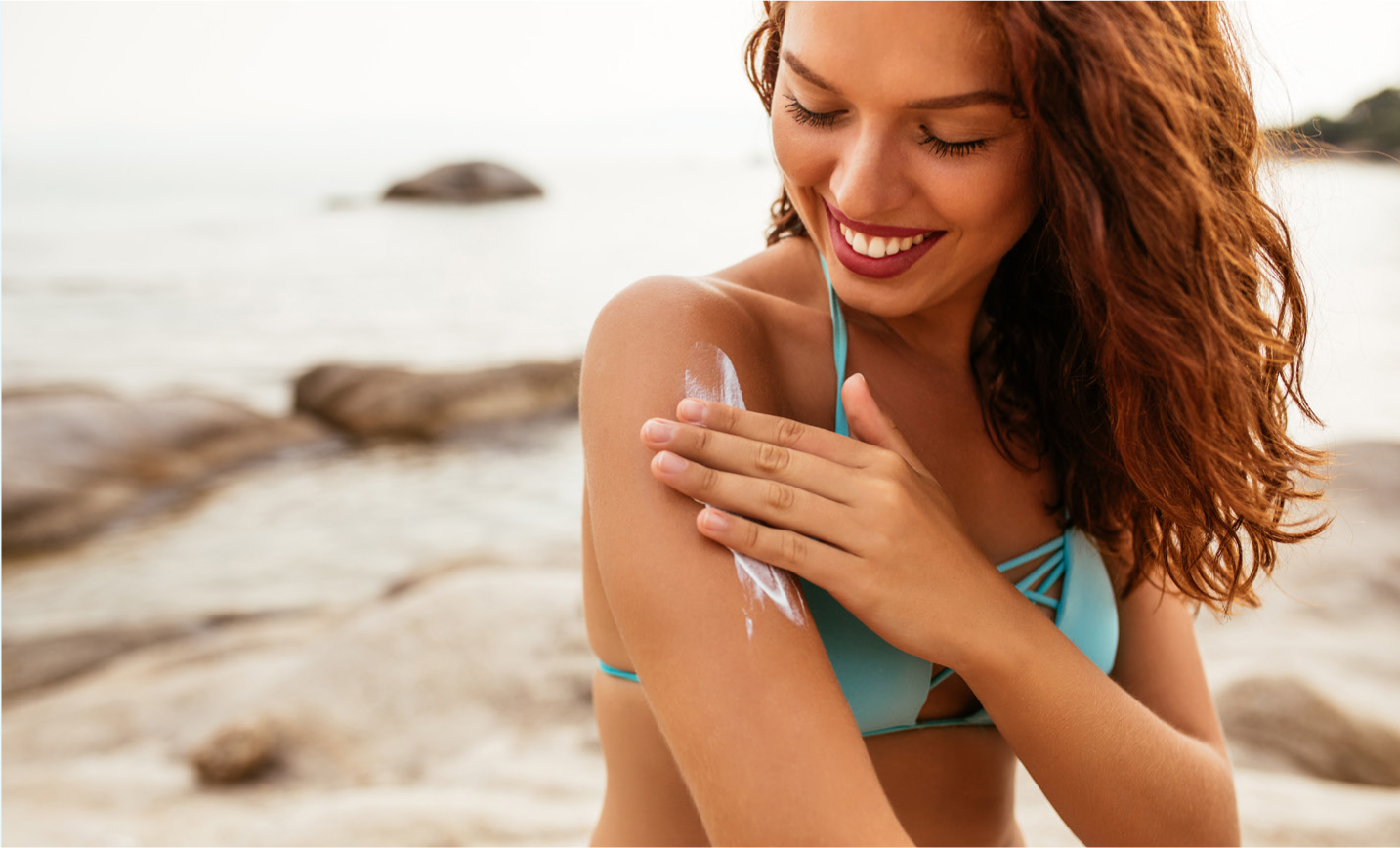
 Banning indoor tanning may be associated with reduced skin cancer burden and healthcare costs
Banning indoor tanning may be associated with reduced skin cancer burden and healthcare costs
Heliovaccination: solar mediated immunity cancer
It is well publicised that there is a protective effect of ultraviolet (UV) light against malignancies. This was documented by the World Health Organization in its 2006 publication on the global burden of UV-mediated disease.
It has been thought that Vitamin D could be a prospective mediator, but the evidence of this study does not support this. The author states that UV irradiation of the skin produces nascent malignant and pre-malignant cells with associated generic tumour specific. The evidence found for this ‘heliovaccination’ is very strong and the evidence also shows that childhood exposure to UV can protect against cancer in adulthood. Following specifically UVB skin irradiation, antigen-presenting cells mobilise to the skin. The author suggests that there is a link between UV light and cancer.
Association of indoor tanning regulations with health and economic outcomes in North America and Europe
This study raises the question of whether there is an association between regulatory actions for indoor tanning (banning all commercial indoor tanning and prohibiting use by minors only) and health and economic outcomes.
For this study, the authors looked at data for people aged between 12 and 35 years who used tanning beds to determine if the numbers of 448 000 melanomas and 9.7 million keratinocyte carcinomas could be averted and save the health care costs of US $5.7 billion.
It is known that the UV radiation emissions from tanning devices are carcinogenic. The aim of this article is to look at the long-term health and economic consequences of banning indoor tanning devices or prohibiting their use by minors only in North America and Europe.
In conclusion, it is thought that banning indoor tanning may be associated with reduced skin cancer burden and healthcare costs. It is estimated that banning tanning beds could save the US $31.1 billion in North America and €21.1 billion in Europe.
Acute onset of psoriasis in a patient with atopic dermatitis treated with dupilumab
Atopic dermatitis is a chronic, inflammatory skin disease that can have a huge impact on the quality of life of the patient. Those suffering from moderate to severe forms of atopic dermatitis will require systemic treatment. Dupilumab is a human monoclonal antibody directed against the alpha subunit of the IL-4 receptor. It has been the first biologic drug that approved for the treatment of moderate to severe atopic dermatitis.
The banned sunscreen ingredients and their impact on human health: a systematic review
There has been a lot of discussion surrounding sunscreens and recent evidence of the high systemic absorption of sunscreen ingredients has raised huge concerns regarding the safety of these sunscreen products. Two common ingredients found in sunscreen, oxybenzone (BP-3) and octinoxate, were recently banned in Key West and Hawaii due to their toxic effects on marine ecosystems.
To conduct this study, the authors did a primary literature search using PubMed database for articles in February 2019. They found 29 studies that address the impact of these ingredients on human health. Results show that elevated systemic levels of these ingredients had no adverse effect on male and female fertility, female reproductive hormone level, adiposity, foetal growth, neurodevelopment and sexual maturation, but did the effect of BP-3 level on thyroid hormone, testosterone level, kidney function and pubertal timing has been reported and prompts further investigations to validate a true association.
 Sunscreen ingredients raise concerns regarding the safety of these products
Sunscreen ingredients raise concerns regarding the safety of these products
The authors also found that there were either contradictory findings among the different studies or an insufficient number of studies to corroborate the observed association. The authors feel that to accurately evaluate the long-term risk of exposure to BP-3 and octinoxate from sunscreen, a well-designed longitudinal randomised controlled trial needs to be conducted.
Bioactive ingredients in Korean cosmeceuticals: trends and research evidence
Cosmeceuticals are ingredients that are commonly used to maintain healthy skin and to improve signs of ageing in skincare. In South Korea, their skincare has gained notoriety by introducing innovative aesthetic trends and cosmeceutical products.
The aim of this article is to look at the impact that Korean skincare has globally, and to review the evidence for bioactive ingredients commonly found in Korean cosmeceuticals. The authors looked at several reviews of the biomedical literature available by using PubMed to identify laboratory, animal and clinical studies that evaluated the biological properties and potential dermatologic uses of ingredients found in Korean cosmeceuticals.
The bioactive ingredients used in Korean cosmeceutical skincare products are continually undergoing scientific testing. The ingredients used are derived from various sources that include animals (for example, bee venom), plants (for example, tiger grass extract) and biotechnology (for example, synthetic snake venom).
It was found that the bioactive components and pharmacologic ingredients give dermatologic benefits with potential applications for skin rejuvenation, wound healing and photoprotection.
The authors conclude that further research is required to investigate the biological and therapeutic mechanisms of action of these ingredients have in clinical practice.



